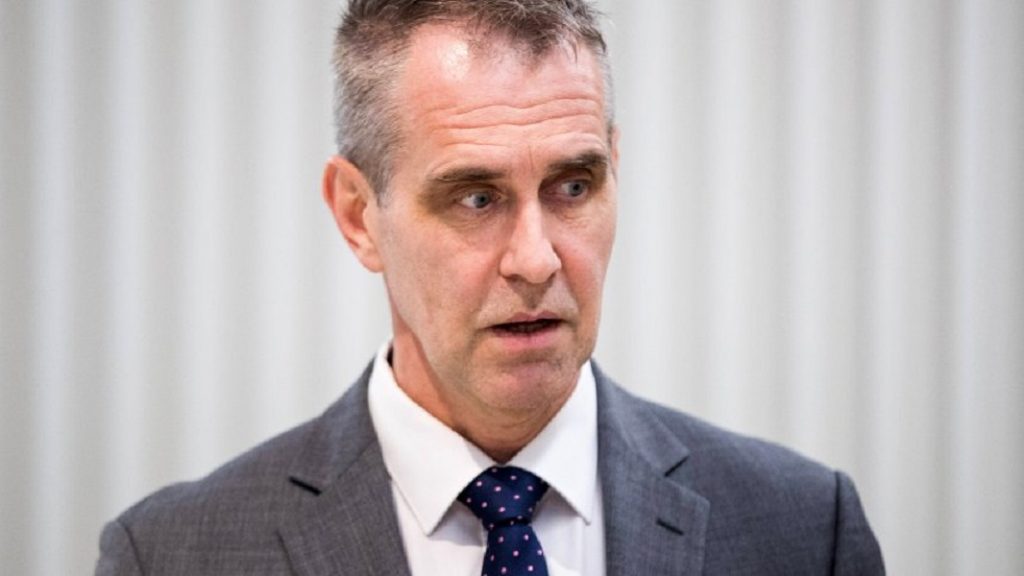Aivar Rehe, the former head of Danske Bank in Estonia, a branch in the centre of a $220 billion money-laundering scandal, was on 25 September found dead near his home in Tallinn.
Rehe (56) was reported missing on 23 September by his family. The police, tens of volunteers and search dogs immediately started searching him, near and around his home in Tallinn’s Pirita district. The police also used drones for the search.
The local Estonian media reported that Rehe had left his mobile phone and wallet at home. The media said Rehe also held a gun licence. In a statement released on 24 September, the police said Rehe did not pose any threat to anyone but himself – an indication that Rehe was a suicide risk.
Rehe’s body was found near his home on 25 September. The police said in a statement that the spot had been checked earlier by his family – suggesting he had been alive on Monday and Tuesday, and probably died on the night of 25 September. “The body has no signs of violence, neither does anything point to an accident,” the police said, providing no more details and ruling out a further investigation.
The largest money laundering scandal in Europe
Rehe was the chief executive officer of Danske Bank’s Estonian branch until 2015. Before, he had worked as the director of the Estonian Tax and Customs Board. He had been out of job since November 2018, when he left his position as an adviser at Estonia’s Bigbank.
The Danske Bank money laundering scandal arose in 2017-2018 when it became public that €200 billion of suspicious transactions had flowed from Russian and Azerbaijani sources through the Estonia-based bank branch of the Danish Danske Bank from 2007 to 2015. It has been described as possibly the largest money laundering scandal ever in Europe, and possibly the largest in world history.

Danske Bank, headquartered in Copenhagen, is the largest bank in Denmark. The bank’s local branch in Estonia, which was acquired by Danske Bank as part of a merger with Finnish Sampo Bank in 2007, was used for the activities. It was under the jurisdiction of both the Financial Supervisory Authority of Denmark (due to the location of the headquarters) and the Financial Supervisory Authority of Estonia (due to the location of the branch), and both have blamed the other side for deficiencies.
Feeling responsible
Rehe had become the CEO of the branch in 2006, but he wasn’t a suspect in the laundering probe. In December, the Estonian police arrested 10 former employees of Danske Bank’s Estonia unit, charging them for being involved in a network of money launderers, but Rehe was not among them.
However, in an interview given to the Estonian daily, Postimees, in spring 2019, Rehe said he felt responsible. In September 2018, an internal report at the bank revealed it had failed for years to prevent money laundering through the Tallinn branch.
In February, Estonia’s Financial Supervision Agency ordered Danske Bank to leave the country, saying the Danish bank’s $230 billion money-laundering scandal had marred the reputation of Estonia’s financial market. On 18 February 2019, the European Banking Authority said it had started an investigation in both the Danish and the Estonian financial authorities for possible breach of their obligations towards Danske Bank.
Cover: Aivar Rehe in March 2019. Photo by Tairo Lutter/Scanpix.

